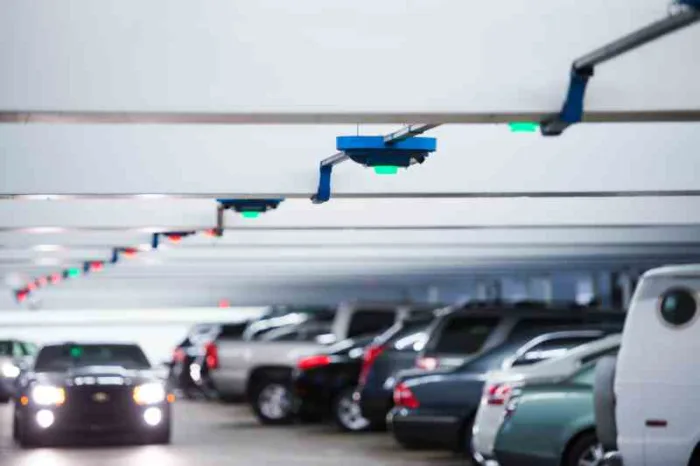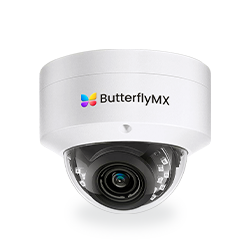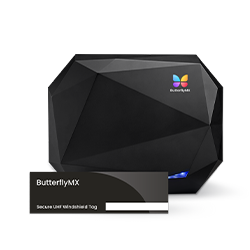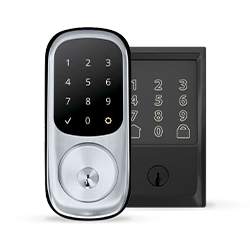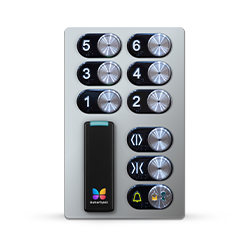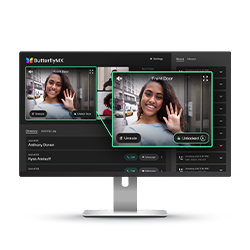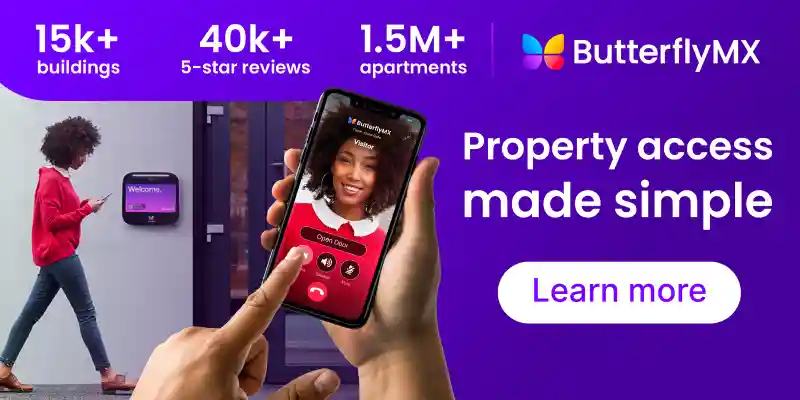Key takeaways
- IoT connects gates, sensors, and mobile apps to streamline parking access and improve security.
- Smart devices reduce congestion and allow real-time monitoring of entry and exit points.
- License plate recognition and mobile credentials simplify access for residents, guests, and staff.
- Occupancy sensors provide data on parking space usage to optimize allocation.
- IoT systems enhance user experience by offering seamless, automated parking solutions.

Managing parking access has become increasingly complex as urban areas grow and property managers seek more efficient ways to control vehicle entry. Traditional gate systems and key-based methods often lead to congestion, unauthorized access, and administrative headaches. Internet of Things, or IoT, technology is transforming how parking access control is managed. By connecting vehicles, gates, sensors, and management systems, IoT enables real-time monitoring, automation, and data-driven insights that enhance security and convenience for residents and visitors alike.
This post explores what IoT in parking access management is, why it is important, the types of IoT technologies used, practical use cases, and how parking access control systems support a modern parking experience.
Navigate this post:
- What is IoT in parking access management?
- Why is IoT in parking access management important?
- 3 types of IoT in parking access management
- IoT parking access management use cases
- ButterflyMX: Modern parking access that boosts efficiency, security, and resident satisfaction
- IoT in parking access management FAQs
More than 40K, 5-star reviews!
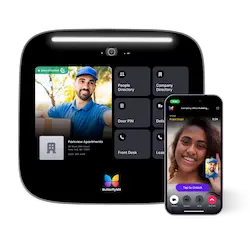
Video Intercoms
Open doors, gates & garages from anywhere.
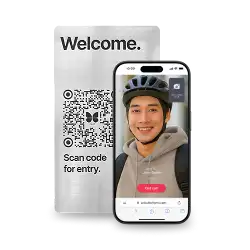
QR Code Intercom
Smartphone-based visitor access.
Access Control
Fob, key cards, PINs, and mobile apps.
Security Cameras
Visibility throughout your property.
Vehicle Access
Hands-free access for gates & garages.
Package Room
Receive, store, and manage deliveries.
Smart Locks
Connect to all major brands and models.
Elevator Controls
Unlock key-fobbed elevators for anyone.
Front Desk Station
See all your doors and cameras in one place.
What is IoT in parking access management?
IoT in parking access management refers to the use of connected devices and sensors to control, monitor, and optimize vehicle entry and exit. These devices communicate with each other and with centralized platforms, allowing property managers to oversee parking operations from a single interface.
Typical IoT components include smart gates, license plate recognition cameras, mobile apps, and occupancy sensors. Each device gathers and shares data, enabling automation and analytics that improve both security and efficiency. With IoT, parking systems move beyond basic barriers and tickets to a dynamic, responsive network that adapts to demand and ensures authorized access at all times.
Why is IoT in parking access management important?
Implementing IoT in parking access management offers several advantages for property managers and residents. One key benefit is increased security. By monitoring who enters and exits a property in real time, managers can prevent unauthorized access and track suspicious activity.
IoT also improves efficiency. Connected gates and sensors reduce the need for manual intervention, allowing vehicles to move through entry points quickly. This helps prevent traffic backups and the frustration they cause for residents and visitors.
Another important aspect is data collection. IoT devices generate valuable insights about parking usage patterns, peak hours, and occupancy rates. Property managers can use this information to optimize space allocation, plan for future expansion, and even adjust pricing for paid parking areas.
Finally, IoT enhances the user experience. Drivers enjoy smoother access, fewer delays, and convenient mobile-based entry options. A seamless parking experience can increase satisfaction for tenants, visitors, and staff.
Discover how ButterflyMX works:
3 types of IoT in parking access management
IoT is changing the way parking access is managed, making it more secure, efficient, and convenient. By connecting devices such as gates, sensors, and mobile apps, property managers can monitor and control vehicle entry in real time, improving the experience for residents and visitors.
Here are three common types:
1. Smart gates and barriers
Smart gates and barriers use sensors and automated mechanisms to allow or restrict access based on pre-approved credentials. These devices can be controlled remotely through a mobile app or management platform. They reduce the need for physical keys, help prevent tailgating, and improve traffic flow at entry and exit points.
2. License plate recognition cameras
These cameras scan vehicle license plates to automatically grant access. The data can be stored for security audits or integrated with resident and visitor databases. License plate recognition is particularly useful for properties with frequent visitors or delivery vehicles, as it speeds up access and eliminates the need for physical passes.
3. Mobile access credentials
Mobile apps allow users to open gates and barriers using their smartphones. This eliminates the need for key cards or fobs and makes it easy to grant temporary access to guests or service providers. Mobile credentials also integrate with other property management tools, providing a seamless experience across residential and commercial spaces.
IoT parking access management use cases
IoT technology can be applied in many parking scenarios to improve efficiency and security. From residential complexes to commercial buildings, connected devices help streamline vehicle access, optimize space usage, and create a smoother experience for both residents and visitors.
Here are some use cases for parking access management using IoT technology:
- Residential complexes. By integrating smart gates, mobile credentials, and license plate recognition, property managers can ensure that only authorized residents and guests can access parking areas. Residents benefit from convenience and safety, while managers gain real-time visibility into who is on the property.
- Commercial office buildings. Connected systems can allocate spaces based on employee schedules or visitor reservations. Occupancy sensors help optimize space use, and mobile apps allow employees to reserve spots in advance.
- Hospitality properties. These types of properties include hotels and resorts, which use IoT for valet and guest parking. License plate recognition enables seamless vehicle tracking, while mobile apps provide guests with notifications and easy access to their assigned spaces.
- Event spaces. Event venues and public garages can use IoT to efficiently manage high traffic volumes. Sensors, dynamic signage, and mobile access reduce congestion, improve flow, and prevent unauthorized vehicles from entering restricted areas.
ButterflyMX: Modern parking access that boosts efficiency, security, and resident satisfaction
Parking access isn’t just about opening a gate; it’s about removing friction from daily life while giving your team better control over the whole property. ButterflyMX helps properties modernize parking with a connected access system that improves security, speeds up traffic flow, and gives residents and staff more time back in their day.
With ButterflyMX, residents enter the community without delays and can easily let in guests, creating a smooth arrival experience. Staff gain visibility into every entry point, making it easier to prevent unauthorized parking, resolve issues quickly, and manage the property proactively instead of reactively. Features like Windshield Tags automate vehicle identification so traffic moves faster and on-site teams spend less time policing parking.
Because everything is managed through one platform, property managers no longer juggle multiple systems or bounce between apps. Parking, gate access, and building entry are all available on a single dashboard, reducing operational costs, minimizing errors, and giving managers clearer insights into how the property is being used.
The result is a more secure community, fewer bottlenecks, and a parking experience that feels effortless for residents and manageable for staff.
IoT in parking access management FAQs
- Can IoT reduce congestion in parking areas?
- Can IoT systems integrate with existing property management software?
- Are IoT parking systems suitable for large properties?
Can IoT reduce congestion in parking areas?
Yes. Smart gates, occupancy sensors, and mobile-based access allow vehicles to move efficiently through entry and exit points. This reduces traffic backups and speeds up parking.
Can IoT systems integrate with existing property management software?
Many IoT parking systems integrate with other property management tools. This allows managers to oversee security, access control, and parking operations from a single platform.
Are IoT parking systems suitable for large properties?
Yes. IoT solutions are scalable and can be deployed across multiple entry points, buildings, or even campuses. Sensors and analytics help optimize space usage and monitor activity efficiently.

Get your free quote!
Fill in the form below, and we'll email you right back.
Want a free quote?
Fill in the form below, and we'll email you right back.
You’ll be redirected shortly...
